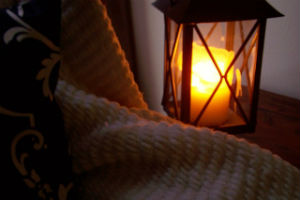You have no items in your shopping basket.
A Brief Guide to Architectural Lighting

There are many instances where a business will need to know how best to provide lighting for the exterior of a building. Perhaps you want to have an event in the evening to showcase a new resource. Alternatively, you might be an organisation charged with restoring and showcasing a building of cultural and historical significance. Whatever the situation, knowing how to light a building effectively is vital.
That's why we've set about combining information into a brief guide to help you figure out how architectural lighting works. Read on to find out some strategies and tips for lighting effectively.
LED’s - Focused, Controlled, Adaptable
At first glance, the LED bulb would seem to be the obvious choice. It has many benefits which make it a popular tool for people to use every day. What you have to understand is that when it comes to LED's, people tend to utilise them in a selection of different ways, to the point that you can often not tell that they are the same bulb.
If we apply LED's to the modern building, you can start to see how they would be useful. You have a convenient set of tools, such as the ability to control the brightness of the bulbs with precision. You can also have long lifespan bulbs if you don't want to make constant replacements, and there's a high degree of flexibility with fixtures and units.
Practical Applications of LED’s
So let's talk about how you would use LED's if you wanted to make sure that you were showing off a building in the best possible light. It is not always easy to figure out what to do, but if you know what you're doing, then you should have an easy enough time.
One thing that you can do is create a narrow beam of light which fires at only a portion of the building. It's a useful tool for contrast. It also helps to establish that the area is one you're proud of or has particular relevance, like for example the logo of your building.
Alternatively, you could invest in a light which covers a comprehensive portion of the building, which allows for a natural type of lighting which is not dissimilar to the daylight that a lot of people operate in. The choice remains yours, but you've got some options if you want them.
Overall, these are just a few of the different options you have available to you. It's not always easy to find the best lighting choice for the top of a building, but you can do it if you try hard enough. What we see is that when it comes to giving the building the best possible lighting, you have to use caution and common sense for the best results. Otherwise, you can't be expected to move forward and progress. It's essential to focus on the areas of the building which you want people to see because they will be the parts that you focus on the most.
